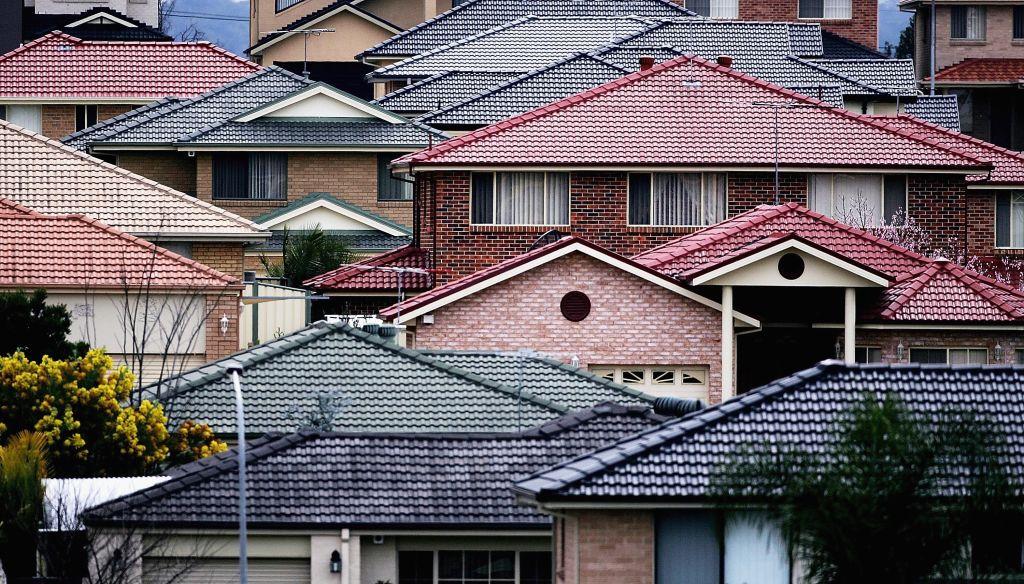Getting light-coloured roofs would cut your electricity costs in warmer weather or cities because the colour of your roof can reduce indoor temperatures, according to an urban studies Prof. Sebastian Pfautschat, from Western Sydney University.
After five years of documenting heat in western Sydney, which can surpass 50°C (122°F) in the summer, he warns that dark-coloured roofs can reach higher temperatures than lighter roofs, increasing the internal temperature of a home by up to six degrees (42.8°F) in the summer.





